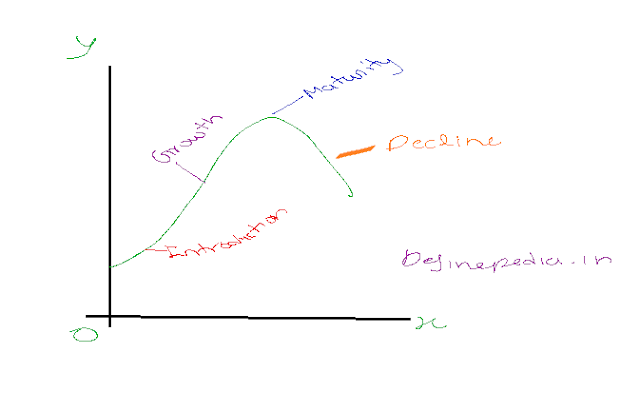Definition
The development of a marketplace from its early to advanced stages. It is the gradual transformation of the marketplace in response to changes in demand for products and advancements in technology
Introduction Stage of Market Evolution
At this stage, a new product or service is introduced in the market and starts gaining attention. If a marketer does not serve the market, it remains latent and the product or service is not made available to the target audience. This stage is characterized by low sales, limited awareness, and limited competition. Entrepreneurs or startups entering this stage need to focus on building brand recognition and establishing themselves as market leaders.
The Three Strategies of Marketing: Single-Niche, Multiple-Niche, and Mass-Market
Single-Niche Strategy
The single-niche strategy is creating a product to a specific segment of the market. Because the marketer is only targeting one sector, the size of potential sales is reduced. The advantage of this method is that the marketer can concentrate their resources. And also efforts on a specific target demographic, potentially resulting in increased conversions and profitability in that niche.
For example, a marketer who sells organic skincare products may choose to only target the eco-conscious consumer market. This allows them to cater to the specific needs and wants of this audience, potentially leading to increased sales in this niche.
Multiple-Niche Strategy
The multiple-niche approach requires designing and launching various products to target multiple market niches. This strategy requires a bigger expenditure because the marketer must design many items and give marketing services to each. On the other side, allows the marketer to reach a bigger audience and potentially increase there sales.
For example, a marketer who sells clothing may choose to target multiple niches, such as casual wear, athletic wear, and formal wear. This allows them to reach a wider range of consumers, potentially increasing their overall sales.
Mass-Market Strategy
The mass-market strategy involves targeting the middle portion of the market where concentration is heavy. This approach has the potential to generate the highest sales as the marketer is reaching a large portion of the market. However, this strategy also requires a larger investment as the marketer must create a product that appeals to a wider audience.
For example, a marketer who sells smartphones may choose to target the mass-market. This allows them to reach a large portion of the market, potentially leading to increased sales.
Growth Stage of Market Evolution
As a product or service gains popularity and recognition, sales start to increase, and competition becomes more intense. At this stage, companies focus on expanding their market reach and expanding their product offerings. The key challenge during this stage is to maintain the product’s quality while keeping up with the demand. Companies also need to keep up with advancements in technology to remain competitive.
Maturity Stage of Market Evolution
At this stage, the market becomes saturated, and growth slows down. Companies focus on maintaining their market share and improving their product offerings to keep their customer base. The key challenge during this stage is to remain competitive and innovative while facing high competition. Companies may consider entering new markets their product offerings to remain profitable.
Decline Stage of Market Evolution
This stage marks the end of the market’s life cycle. Sales start to decline, and companies start to exit the market. The key challenge during this stage is to maintain profitability while facing declining demand and increased competition. Companies may consider exiting the market, reducing their product offerings, or focusing on niche segments to remain viable.
Conclusion
Market evolution is a gradual process characterized by four distinct stages – introduction/emergence, growth, maturity, and decline. Understanding the stages of market evolution is important for businesses as it helps them make informed decisions, stay ahead of the competition, and remain profitable. Companies need to focus on different strategies at different stages to succeed in the market.
Was this helpful?
0 / 0
